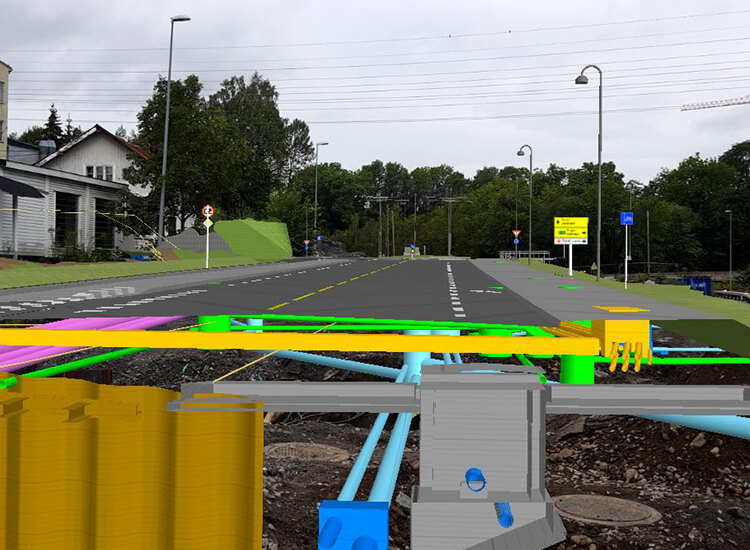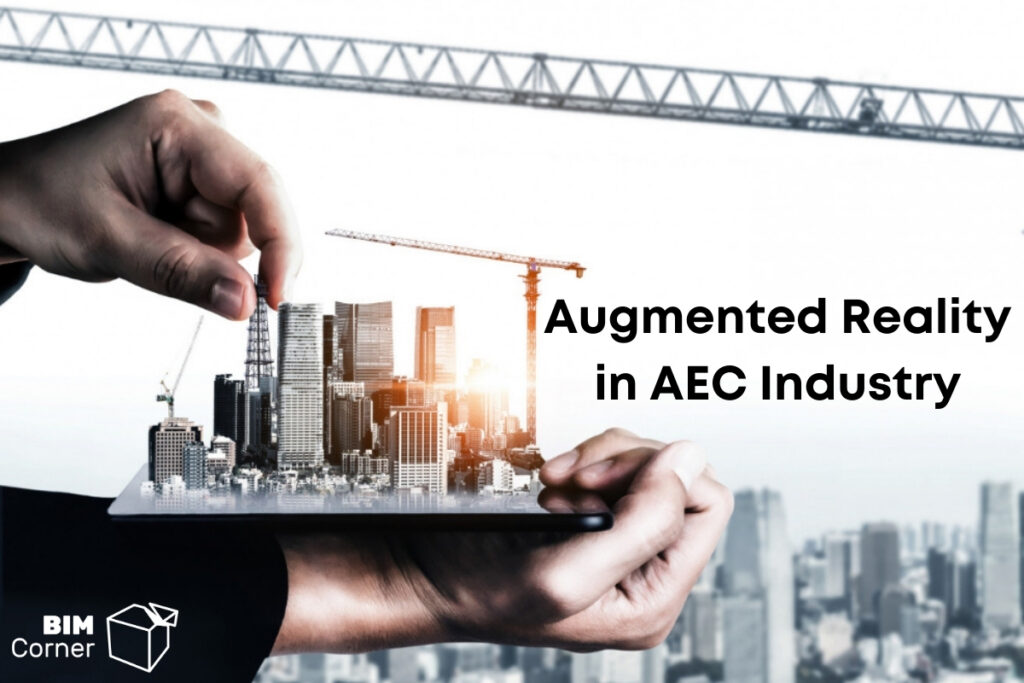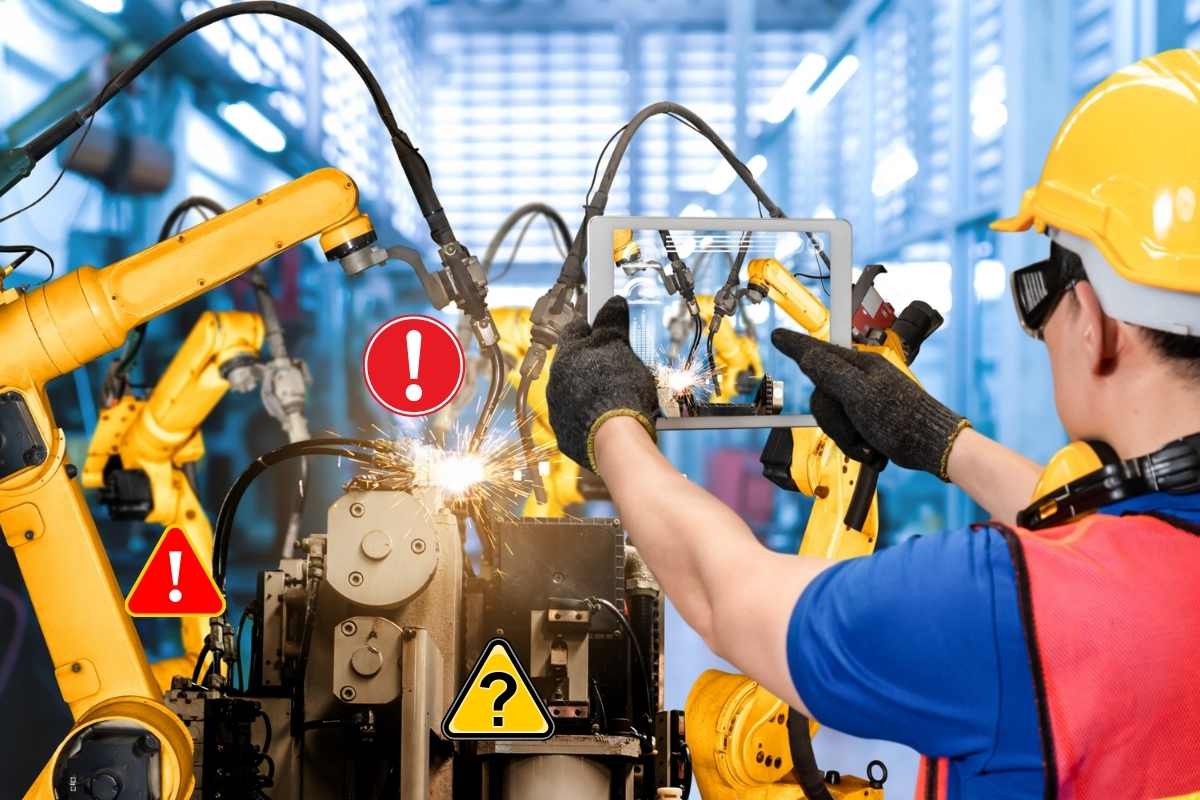Construction Industry has always been one of the least digitalized industries in the world. This is mainly because it is very much dependent on human hands work. It has been hard to successfully integrate technology into the work done this way.
The 21st century brought a real revolution of technological progress, which led to changes in AEC industry.
The construction industry is currently experiencing rapid technological development and augmented reality is part of it.
AR (Augmented Reality) is used at every stage of the construction process. What is it? I’ll explain it below.
1. What is augmented reality?
- AR – Augmented Reality
- VR – Virtual Reality
- MR – Mixed Reality
2. AR – Augmented Reality
Augmented reality allows to overlay a digital image on the real world with a tablet or smartphone. In other words, AR enriches the environment with additional visualizations. AR is widely used in the commercial sector to add a single virtual piece of information to reality. Such information is associated with a specific point, a so-called “marker”. Such markers inform the devices that a virtual item belongs to the particular location. The virtual object will always be displayed on the top of the marker. As a result, you can walk around and view it from different angles. The above technique often places 3D models in the real world. The object enhancing the reality can be shown as a smaller scaled 3D model or in actual size.
We extend the real world through the screen of a smartphone or tablet. Its camera will be used to capture and show a real preview of reality with added virtual objects. AR always refers to a real world view with virtually added information, but the two worlds are not semantically connected to each other – your device does not “understand” the environment.
We will discuss virtual and mixed reality in future articles.
3. Augmented reality in construction
Therefore, what are the applications of AR in the construction industry?
Construction is slowly taking over what modern technology has to offer. Whether it’s small innovations (such as project management tools that have helped managers immensely) or larger devices (such as robots and automated vehicles that have increased productivity). today’s technology has changed the industry for the better. Even if augmented reality is still in its early stages, it has already proved to be an extremely beneficial construction tool. Below I present examples of its applications.
- Project planning
AR technology, Building Information Modeling (BIM) and advanced 3D modeling software, introduced a lot of innovation in the design and planning process.
For example, the user can see the building in its real surroundings, in real scale, before it is built. It allows users to take virtual walks around buildings still under construction and see if there are any clashes or make changes without causing problems and delays.
This type of technology gives managers, contractors, and engineers the ability to visualize the effects of any changes in real-time. In turn, it will help identify errors and respond to them immediately, reducing project risk.
- Trainings
- Inspection
- Real-time project progress information
- Work on underground installations

- Work with reinforcement on a construction site
4. Advantages of the AR in the construction
- Reduced processing time and increased productivity
- Better project management
- Safety improvements
5. Disadvantages of the AR in construction
- Safety
- Effects of an unstable internet connection
Summary
In the past, paper drawings were the basis of construction projects and were crucial in both the planning and design phases. Modern technology has developed ways by which construction enters a new generation.
Designers and architects use 3D models with a high degree of detail, thanks to which it is possible to efficiently collaborate between industries. The use of augmented, virtual and mixed reality is the next step in the digital revolution in construction.
From paper to the screen of the monitor, from flat drawings to 3D models, from 3D models on the monitor screen to models visible in the real world around us.











Great stuff! here is a link that shows some good uses of AR in video examples.
https://www.vgis.io/ar-augmented-reality-lidar-reality-capture-iphone-ipad-bentley-esri-autodesk-hexagon/